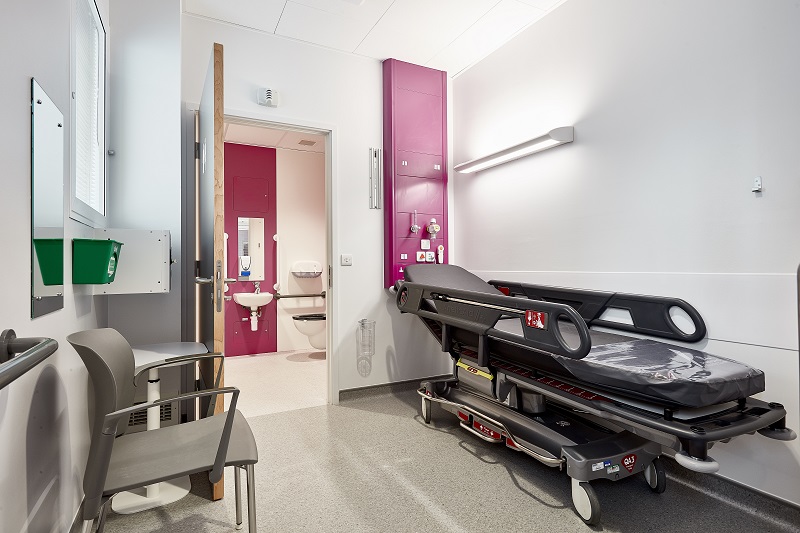Nestled in the north London Borough of Enfield, Chase Farm Hospital has a rich history.
With roots as a 19th-century orphanage and 1930s care home; the site has evolved over the years into a comprehensive healthcare facility serving one of the capital’s largest boroughs and the surrounding areas.
In the past decade, Enfield has seen above-average population growth. Between 2001-2011 the population increased by 14.2%, 6.3% more than the national average, with continued growth since then.
And it became clear that, to meet rising healthcare demands, updated facilities were urgently needed.
When the Royal Free London NHS Foundation Trust acquired Chase Farm Hospital in 2014, many of its buildings were in a poor state of repair and dispersed over nearly 37 acres.
Call in the engineers
Managed by Integrated Healthcare Projects, Thomasons was appointed as civil and structural engineers for the £150m revamp project.
Conducted under the Department of Health’s ProCure22 (P22) Construction Procurement Framework, this was the firm’s largest London project to date.
To help reduce losses on site as services transferred from the old building to the new; the completion date was crucial, requiring a tight construction programme.
When Thomasons was brought on, however, the proposed design underwent a number of changes to address site constraints, causing further pressure to programme delivery.
Groundworks started at the end of 2015, only six months after the first issue of concept sketches for the revised design.
Along with the sub structure and super structure of the new building, the consultancy designed the underground surface water and foul water drainage, estate roads, and new junction on the public highway; consulting with all departments and clinicians to develop an innovative design which includes flexible options allowing service changes to be introduced in future.
The IT factor
For a building which needs to deliver ‘21st-century healthcare’, it is fitting that technology has played a key role in the project.
BIM was adopted from the beginning of the redevelopment to facilitate co-ordination and communication between all parties involved.
And the use of a common data environment (CDE) ensured everyone had access to the latest information, a more-reliable system than emails.
BIM also allowed for more-immediate problem resolution.
Design development of models and issue to the CDE allows all disciplines to check against their own designs and resolve clashing at an early stage.
BIM manager, James Washbourne, explains: “The BIM process lays out clear expectations for all disciplines.
“Being able to compare and integrate models has helped minimise the number of unwelcome surprises, thus reducing errors at an early stage.
“Ultimately, being able to manage resources and produce integrated data more efficiently far outweighs the alternative of not adopting an integrated modelling approach.”

Looking ahead
Now, after four years of planning and construction, outdated structures have been replaced with a new-build hospital that will deliver world-class care facilities.
And last autumn, the new facility opened its doors, ready to serve a population of 1.6 million people a year.
Reflecting on the impact the hospital will have, project lead, Ewa Ambrosius, said: “This development was long overdue.
“There is a huge amount of satisfaction in knowing that we’ve delivered a building that’s going to make people’s lives better and the building is prepared to do so for generations to come.”
Not only does the redevelopment offer high-quality healthcare services to the surrounding areas, it also gave the trust the opportunity to release funds from land sale, which led to the construction of integrated family homes and apartments as well as plans for a new secondary school.
